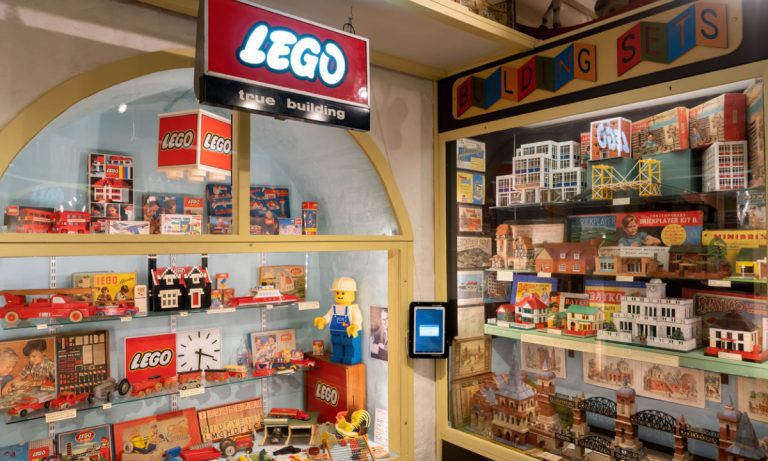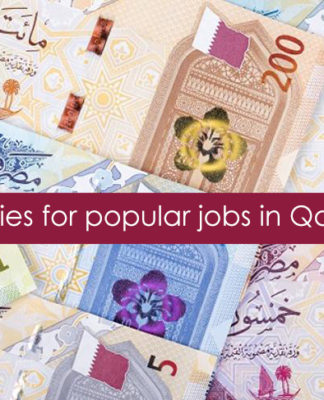HelloFresh Seizes on Ready-to-Eat Growth Opportunity as Consumers Seek Immediacy
BY PYMNTS | MARCH 8, 2023
|
HelloFresh
Meal kit providers are finding that many consumers prefer speedy convenience to cooking from scratch.
Berlin-based multinational meal kit company HelloFresh said on a call with analysts Tuesday (March 7) discussing its fourth-quarter 2022 financial results that it is seeing non-meal-kit categories lead growth, with consumers increasingly seeking options that fit into their busy workdays.
“From an order perspective, we expect Ready-To-Eat to be the biggest source of order growth in 2023,” HelloFresh CFO Christian Gartner said, adding that the company will be opening new facilities and expanding capacity.
HelloFresh acquired ready-to-eat company Factor back in 2020 and expanded the business to Canada earlier this year.
“Ready-to-eat allows us to offer new meal occasions and unlock new customer segments, such as more male customers, single households and convenience seekers,” HelloFresh Co-founder and CEO Dominik Richter said in a statement at the time.
Indeed, quick meal solutions can be key, with consumers returning to on-site work and thus finding it harder to carve out the time to cook from scratch. In fact, the vast majority of consumers work on-site at least some of the time. The Survey of Working Arrangements and Attitudes (SWAA) conducted by Stanford University and University of Chicago economists, which finds that 13% of full-time workers are fully remote compared to 59% who are full-time on site, while 28% are in a hybrid arrangement.
These kinds of time-saving offerings are especially key, with those same workers less willing than times of lower inflation to spring for restaurant meals. Research from PYMNTS’ study “Consumer Inflation Sentiment: Inflation Slowly Ebbs, but Consumer Outlook Remains Gloomy,” which drew from a survey of more than 2,100 consumers, found that 78% have been eating at home more often to save money amid inflation.
Consequently, many consumers have been replacing that restaurant spending with other ready-to-go meal alternatives. Data from “Digital Economy Payments: Consumers Buy Into Food Bargains,” for which PYMNTS surveyed nearly 2,700 U.S. consumers, found that 37% of grocery shoppers bought prepared food on their most recent trip, up 7 points from the 30% of consumers who had done so back in November 2021.
Indeed, many companies offering alternatives to restaurant meals are seizing on the opportunity. For instance, direct-to-consumer (D2C) frozen food delivery provider Yelloh, formerly known as Schwan’s Home Delivery, is set for an expansion after 70-plus years in operation. The company announced last week a partnership with investment firm 4×4 Capital with intentions grow the business.
Plus, Kroger is expanding its meal kit and heat-and-eat meal subsidiary, Home Chef. The company announced Friday (March 3) the opening of its largest yet production and distribution center, with the new facility set to account for 30% of all the company’s business.
Notably, meal kit adoption overall is on the rise. PYMNTS’ study “12 Months Of The ConnectedEconomy™: 33,000 Consumers On Digital’s Role In Their Everyday Lives,” which draws from responses from tens of thousands of U.S. consumers over the course of a year, notes that meal kit subscriptions were on the rise throughout 2022. Specifically, the share of consumers who reported purchasing from online subscription services that deliver meal kits rose from 25% in December 2021 to 31% in November 2022.
PYMNTS Data: Why Consumers Are Trying Digital Wallets
A PYMNTS study, “New Payments Options: Why Consumers Are Trying Digital Wallets” finds that 52% of US consumers tried out a new payment method in 2022, with many choosing to give digital wallets a try for the first time.
RECOMMENDED
Consumers Want Simplified and Secure Bill Pay Experience
Consumers Buckle Down for 18 More Months of Higher Retail Prices
Consumers Like Payments Choice but Not Payments Clutter at Checkout
Consumers Are More Loyal to Merchants That Protect Payments Credentials
SEE MORE IN: EARNINGS, ECOMMERCE, EMEA, GROCERY, HELLOFRESH, KROGER, MEAL KITS, NEWS, PREPARED MEALS, RETAIL, YELLOH
Lego Builds Sales as Fans Seek More Complicated Sets
BY PYMNTS | MARCH 8, 2023
|
Lego
Demand for larger, more complex sets helped Lego stand out among toymakers in 2022.
The Danish firm announced in its annual report Tuesday (March 7) that it “significantly” outpaced the broader toy market, venue in 2022 jumped 17% to around $9.28 billion.
The company attributed its success to a diverse array of products, with nearly half of its products new offerings designed to appeal to “builders of all ages, passions and interests,” including its Star Wars and Harry Potter-themed sets.
“People are buying more,” CEO Niels Christiansen said in a CNBC interview. “It’s not price increases driving it, if anything it’s people buying some of the bigger and more complicated sets. It’s a combination of volume and value.”
According to the annual report, Lego opened 155 new stores during the year, bringing its worldwide store count to 904. It also stepped up its investments in its digital transformation, something that helped drive sales in the first half of 2022.
In the first half of last year, the 90-year-old company expanded its digital team by 40%, and also launched a partnership with Epic Games to create a kid-friendly metaverse.
“Kids enjoy playing in physical and digital worlds and move seamlessly between the two. We believe there is huge potential for them to develop life-long skills such as creativity, collaboration and communication in both,” Chistiansen said at the time.
“We have a responsibility to make digital play safe, inspiring and beneficial for all, and just as we’ve protected children’s rights to safe physical play for generations, we are committed to doing the same for digital play.”
Lego’s latest announcement comes weeks after two other toy giants reported disappointing sales for the closing stretch of 2022.
Hasbro, America’s largest toy and game maker said Feb. 16 it expects ongoing impacts from inflation to hinder consumer spending this year. The company projected a low-single-digit drop in sales for 2023, following a 17% decline in for the three months ending Dec. 25.
“While Q4 proved to be a disappointment, particularly in our traditional Toys and Games segment, we made progress under the hood that meaningfully improved our bottom line and sets us up for margin expansion in 2023 — despite what we anticipate will be a continued challenging consumer environment,” Hasbro CEO Chris Cocks said during an earnings call.
One week earlier, rival toy company Mattel reported a 22% drop in sales for the last quarter of 2022, due to a decline in consumer spending and overstocked retailers.






























